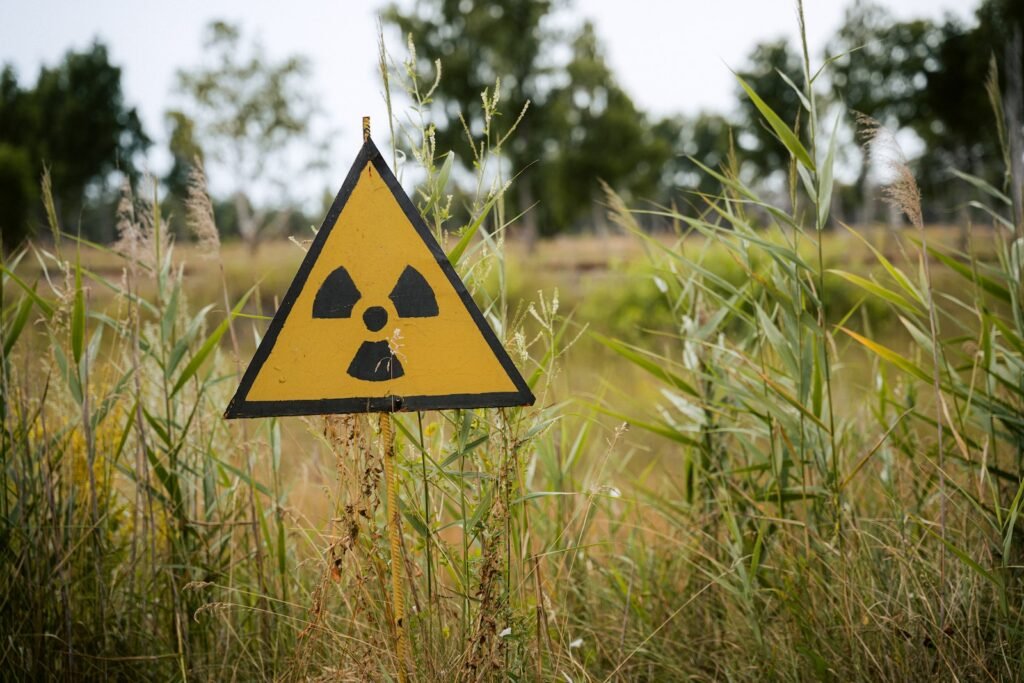 Exploring Radioactive Detection Methods: A Comprehensive Overview
Exploring Radioactive Detection Methods: A Comprehensive Overview
Radioactive materials have important applications in various fields, including medicine, research, and energy production. However, they also pose significant health and environmental risks. Therefore, it is crucial to have effective methods for detecting and monitoring radioactive materials. In this comprehensive overview, we will explore the different types of radioactive detection methods, their principles, and their applications.
Introduction to Radioactive Detection Methods
Radioactive detection methods are techniques that enable the identification and measurement of radioactive materials. These methods are used in a wide range of applications, including nuclear power plants, medical imaging, environmental monitoring, and security. The detection of radioactive materials is essential for ensuring safety, preventing contamination, and minimizing the risks associated with radiation exposure.
Types of Radioactive Materials and Their Hazards
Radioactive materials can be categorized into three main types: alpha, beta, and gamma emitters. Alpha particles are the least penetrating and can be stopped by a sheet of paper or clothing. Beta particles can penetrate a few millimeters into human tissue and can be stopped by a thin sheet of metal. Gamma radiation is the most penetrating and requires several centimeters of lead or concrete to shield against it. Each type of radioactive material has its own unique hazards and requires specific detection methods to accurately identify and measure its presence.
Principles of Radioactive Detection
The principles of radioactive detection involve the interaction between radioactive particles or radiation and the detection medium. When radioactive particles or radiation interact with the detection medium, they produce ionization or excitation. This ionization or excitation creates measurable signals that can be used to identify and quantify the presence of radioactive materials. The detection methods utilize various physical and chemical processes to convert these signals into measurable quantities.
Passive and Active Detection Techniques
There are two main categories of radioactive detection techniques: passive and active. Passive detection techniques involve the measurement of naturally occurring radiation or the detection of radiation emitted by radioactive materials without the use of an external source. Active detection techniques, on the other hand, involve the use of an external source to induce radiation emission or to enhance the detection sensitivity. Each category has its own advantages and limitations, depending on the specific application requirements.
Scintillation Detectors: Working and Applications
Scintillation detectors are a type of active detection technique widely used for radioactive detection. These detectors utilize the properties of certain materials, called scintillators, which emit light when they are excited by ionizing radiation. The emitted light is then detected and converted into an electrical signal for further analysis. Scintillation detectors are highly sensitive, have good energy resolution, and are widely used in medical imaging, environmental monitoring, and nuclear physics research.
Gas-filled Detectors: Types and Uses
Gas-filled detectors are another type of active detection technique commonly used for radioactive detection. These detectors utilize a gas-filled chamber that ionizes when exposed to radiation. The ionization creates an electrical current that can be measured and analyzed to identify and quantify the presence of radioactive materials. Gas-filled detectors are highly sensitive, have fast response times, and are widely used in radiation protection, nuclear power plants, and particle physics experiments.
Solid-state Detectors: Advantages and Limitations
Solid-state detectors are passive detection devices that utilize a solid material, such as a semiconductor, to detect and measure radiation. These detectors work by creating electron-hole pairs when ionizing radiation interacts with the solid material. The resulting electrical signals are then measured and analyzed to determine the presence and intensity of the radiation. Solid-state detectors offer advantages such as high sensitivity, compact size, and durability. However, they also have limitations, including temperature dependence and limited energy resolution.
Neutron Detection Methods: A Brief Overview
In addition to detecting alpha, beta, and gamma radiation, it is also important to detect neutrons, which are uncharged particles emitted during certain nuclear reactions. Neutron detection methods involve the use of materials that can interact with neutrons and produce measurable signals, such as ionization or scintillation. These methods are crucial in nuclear power plants, research reactors, and neutron scattering experiments.
Emerging Technologies in Radioactive Detection
Advancements in technology have led to the development of new and improved radioactive detection methods. These emerging technologies include the use of nanomaterials, advanced imaging techniques, and machine learning algorithms. These technologies offer enhanced sensitivity, improved resolution, and faster response times compared to traditional detection methods. They have the potential to revolutionize radioactive detection and contribute to safer and more efficient applications.
Importance of Radioactive Detection Methods
Radioactive detection methods play a vital role in ensuring safety, protecting the environment, and preventing radiation-related hazards. Accurate detection and measurement of radioactive materials are essential in applications such as nuclear power generation, healthcare, and homeland security. By understanding the principles and capabilities of different detection techniques, we can better assess the risks associated with radioactive materials and take appropriate measures to mitigate them. Continued research and development in this field are crucial to advancing detection capabilities and ensuring the safe and responsible use of radioactive materials in various industries.
